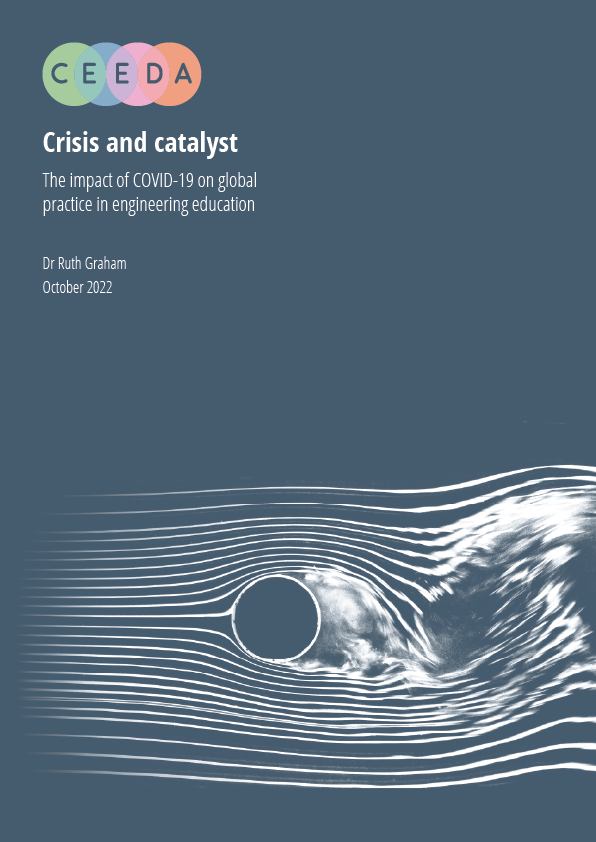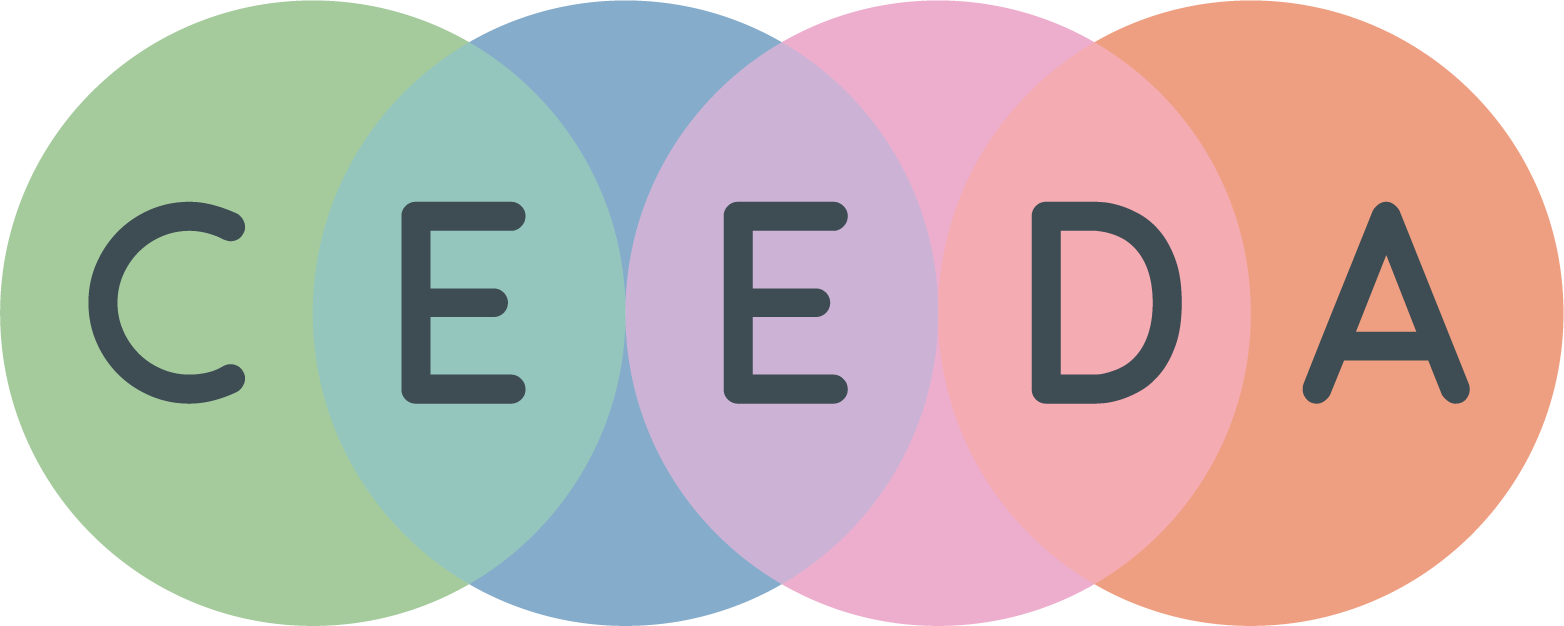Home
What is CEEDA?
The Collaborative Engineering Education in the Digital Age website showcases examples of global best practice in collaborative and/or project-based engineering learning that are partially or wholly delivered online. It forms one element of a wider study looking at the lessons learnt from the current period of ‘emergency teaching’ and how this might impact the trajectory of engineering education in the future.

CEEDA report

The final CEEDA report was released on 28th October 2022. It explores the experiences of the engineering education community during COVID-19 emergency teaching and the likely impact of this systemic shock on the direction of travel for the sector.
CEEDA case studies
 Iron Range Engineering, US
Iron Range Engineering, US
DATE APPROVED:
September 2021
Part A. Best Practice Activity
Design Project
The 16-week Design Project forms the spine around which the curriculum is build, connecting with almost all other courses and activities.
Part B. Institutional Context
Lessons learnt from emergency teaching
Beyond emergency teaching, greater emphasis will be placed on student resilience and well-being, with new opportunities for fully remote learning.
 UCL, UK
UCL, UK
DATE APPROVED:
July 2021
Part A. Best Practice Activity
Mathematical Modelling and Analysis
This first-year mathematics module helps to build student engagement through contextualising their learning in authentic scenarios.
Part B. Institutional Context
Lessons learnt from emergency teaching
A major focus for UCL Engineering’s pivot to emergency teaching was establishing a suitable environment for effective online team-working.
 MIT, USA
MIT, USA
DATE APPROVED:
April 2021
Part A. Best Practice Activity
Design Challenge One
Design Challenge One builds peer-learning and connectivity amongst students that have not met before face-to-face.
Part B. Institutional Context
Lessons learnt from emergency teaching
Hands-on, experiential learning has been a major priority at MIT during the period of emergency teaching.
